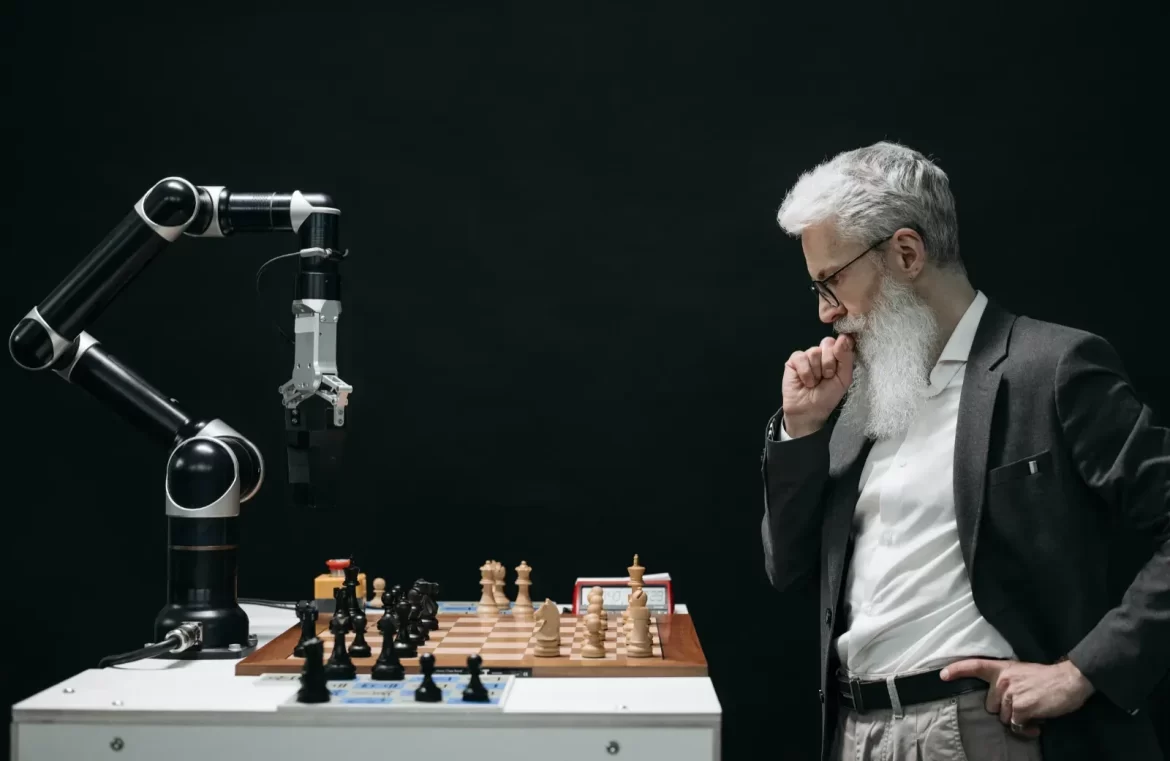There’s a burgeoning hype around AI-powered apps and services within various industries, sparking a debate on the possible obsolescence of creative professions.
Overstatement usually accompanies major tech advancements, and in the case of AI, our own fears contribute to this trend. Yet, technology doesn’t supplant creatives; it either assimilates into our tools or fades into obsolescence.
Putting the exaggeration aside, if you delve into these ‘groundbreaking’ technologies, you’ll find that they are designed as enhancements, not replacements. Ultimately, human beings chart the course for AI, shaping it according to our needs and objectives.
AI has the uncanny ability to emulate creative outputs, occasionally producing deceivingly authentic work. However, it’s missing the essence, the divergent thinking that characterizes true innovation and creativity.
AI isn’t behind the critical discourse of the earlier paragraphs. That’s simply not in its wheelhouse.
Unpacking AI Functionality
Imagine a person in your social circle who has an answer for everything; that’s AI. It’s the overenthusiastic know-it-all at parties, chiming in on all matters, driven by a programmed urge to provide you with an ‘answer’, no matter the question.
Stephen Wolfram provides a captivating and thorough explanation on how ChatGPT operates. In essence, AI predicts the most probable continuation at any given point. But when presented with unfamiliar scenarios, it’s forced to make do with the nearest patterns it can find, sometimes leading to ludicrous conclusions.
The Underlying Dangers
Ironically, AI’s real menace isn’t that it outperforms creatives but that we might be deluded into believing it does. Despite media fanfare about the “AI revolution,” the reality is that AI simply bolsters the status quo.
Consider prompting ChatGPT with a common question: What’s the most suitable CMS for a website? The response you’ll get is an accurate yet commonplace rundown of options. It’s not incorrect; it’s just not groundbreaking. AI maintains the current ‘truth’ by its inherent design.
The true peril lies in AI-induced stagnation, not upheaval.
The Wisdom and Folly of Collective Input
The data AI learns from shapes its ability to simulate human-like behavior. When training AI, it’s imperative to distinguish between well-founded and hollow perspectives. The distinction lies in the quality of education, expertise, and raw talent. Echoing Agent K, individuals may possess wisdom, but in aggregation, folly often prevails.
Just like ChatGPT, the training of AI through the churn of the web can engender feedback loops that solidify existing perspectives, stymieing innovation.
Recently, OpenAI unveiled a detector for AI-generated text, likely a safeguard against such loops. The quality of input becomes pivotal for the quality of AI’s emulations, emphasizing the reliance on human originality.
A True Revolution Brought by AI
Humans outshine AI in creativity, tethered to the complexities of human cognition and emotion. Nevertheless, AI excels at meticulous tasks, supplementing our creativity with its precision.
As history reveals, technology lauded as the end of design eventually finds its place or becomes obsolete. The same applies to AI—it lacks personal stance, innovative flare, and the propensity to take creative risks.
Therefore, instead of speculating on AI’s next move, we should reflect on our own capabilities. Whatever AI falls short of, rests within our human potential.
Indeed, the crux of the AI revolution isn’t about AI itself; it’s about empowering the individuality, ingenuity, and boldness inherent in our human nature.

